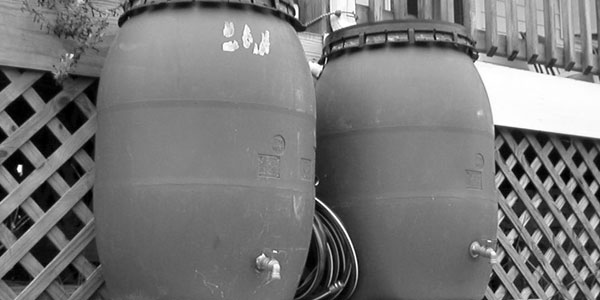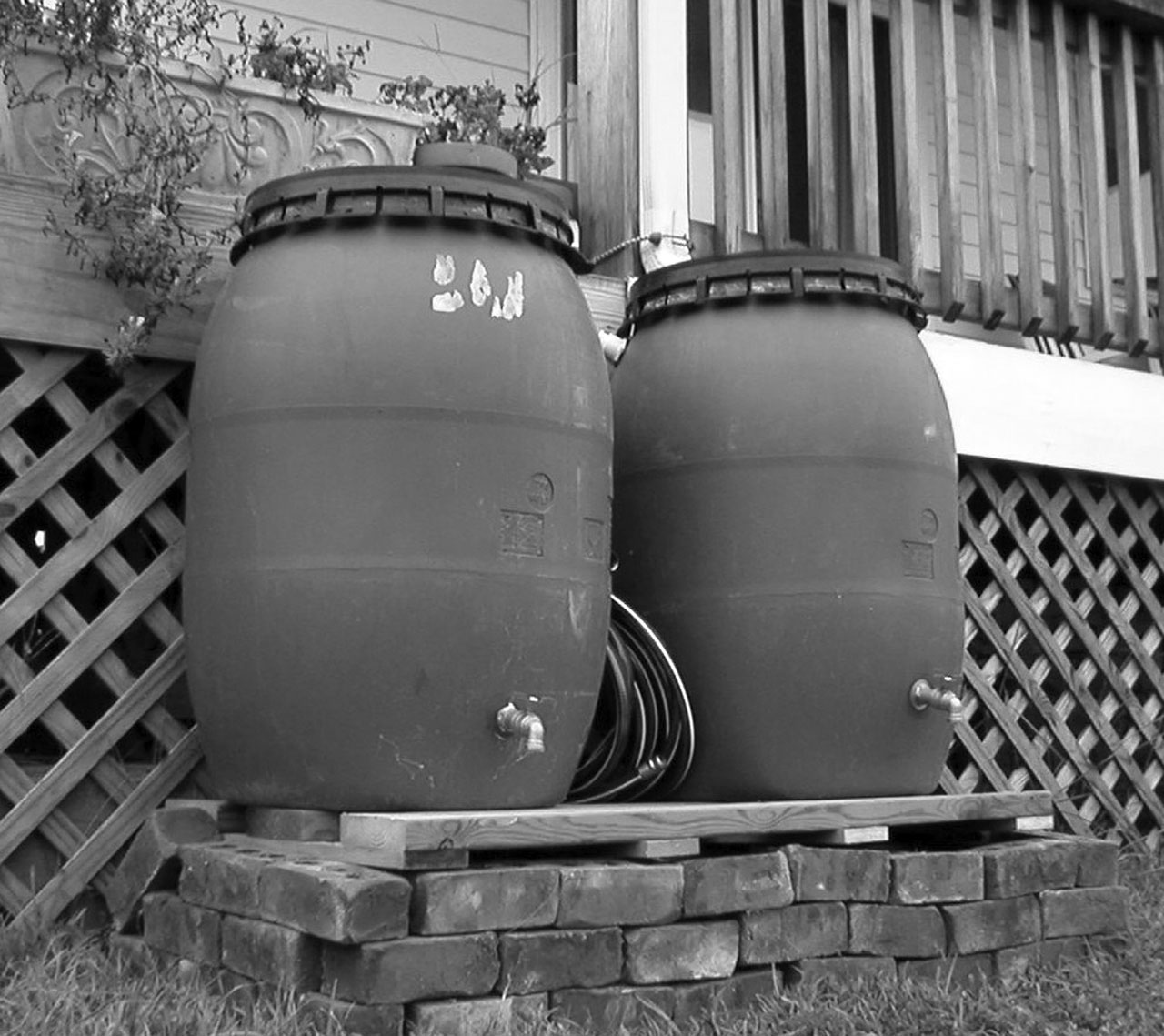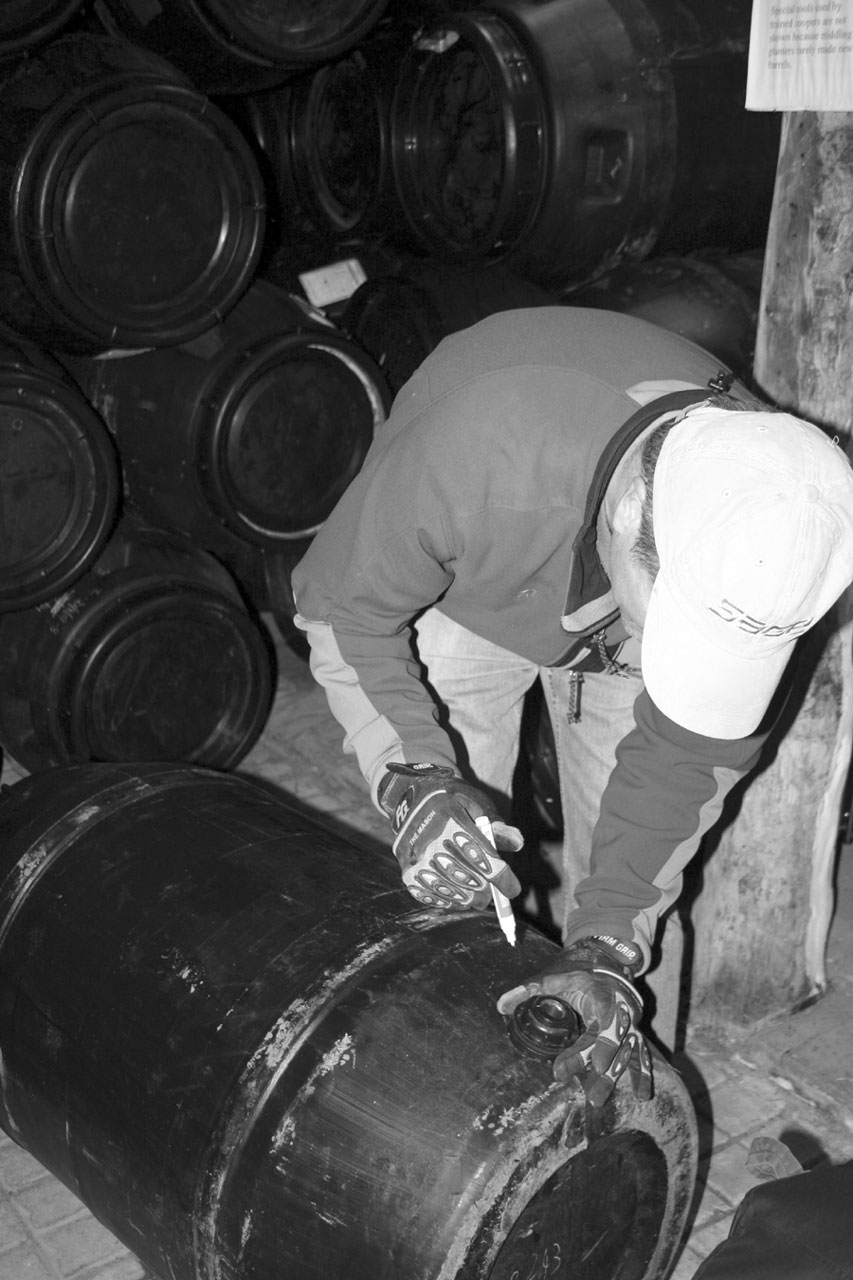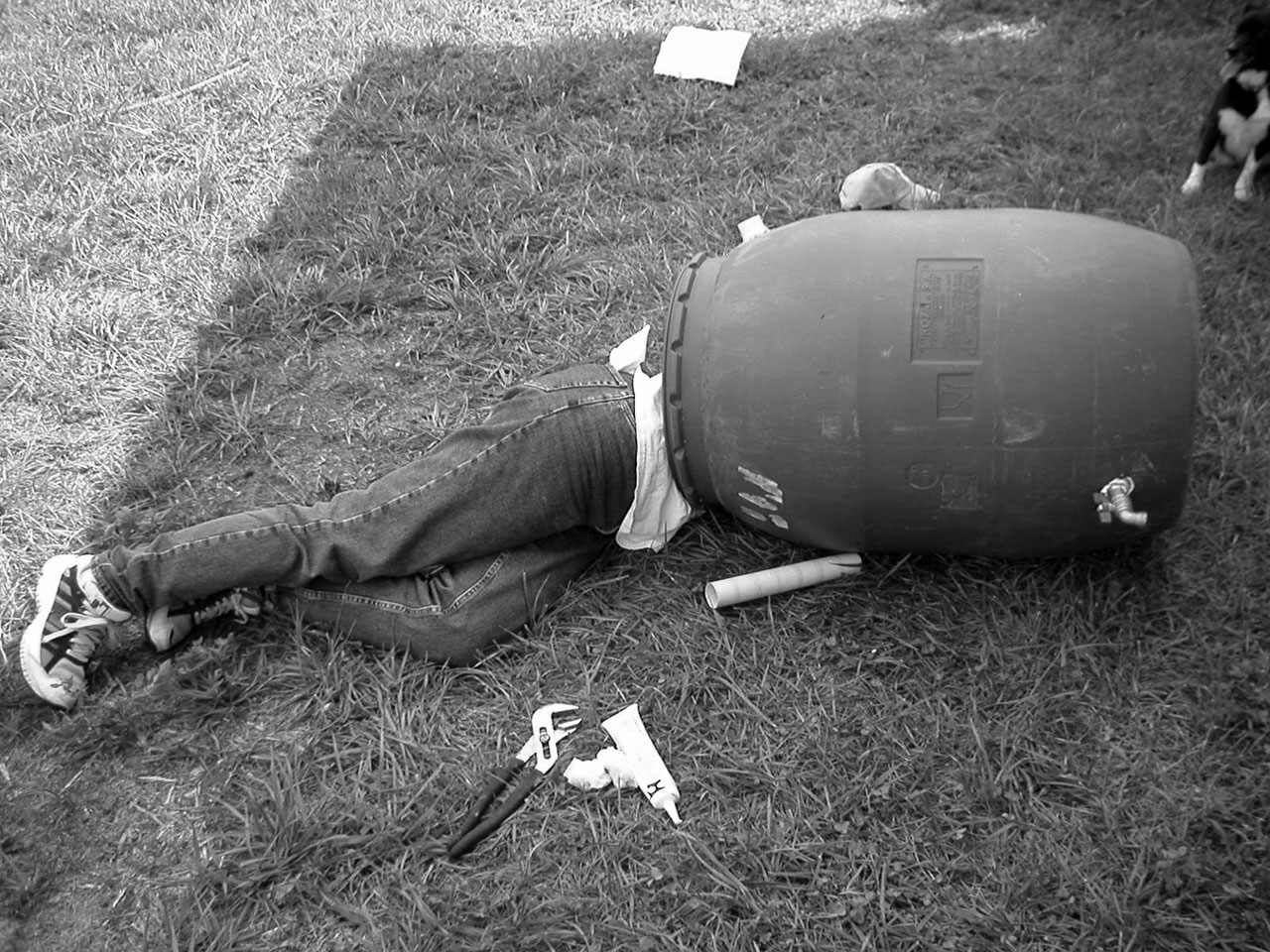
Harvesting Rainwater
Harvesting Rainwater
by Sue Browning of Arlington, VA
Collecting rainwater for use during dry months is an ancient practice that has never lost its value. Today, simple water collection systems made from recycled food barrels can mean a free source of non-potable water for plants, gardens, bird baths, and many other uses. Rainwater is ideal for all plants because it doesn’t contain dissolved minerals or added chemicals.
One inch of rain falling on a 1,000 square foot roof yields approximately 600 gallons of water. So, harvesting just a portion of this water can impact runoff while helping conserve water from other sources such as wells and rural water associations.
The rain barrel consists of:
- A dark-colored, food-grade barrel.
- A tight-fitting, fine-screened lid.
- A 1-1/2” sump pump hose installed on the shoulder of the barrel. This hose will be used to overflow to the garden or “link” to additional barrels to increase the harvest.
- A 3/4” heavy-duty brass spigot installed near the bottom to access all collected water.
Level the ground where your barrel will sit and add crushed stone. Then lay landscape pavers or cinder blocks to elevate the barrel. The higher the barrel sits, the better your water pressure will be. You’ll probably want at least 18 inches of space between the bottom of the barrel and the ground so that you have room to put a bucket or watering can under the spigot to fill. Be sure to secure your barrel so that it can’t be accidentally knocked over.
To use your rain barrel with a downspout, you’ll need to cut a small section out of an existing downspout and install a flexible, accordion elbow using three short machine screws. The elbow will easily extend out from the downspout to the lid of the barrel. To install the elbow you’ll need a tape measure, hacksaw and screwdriver.
But, what if you need a rain barrel where there is no downspout? No problem. Rain barrels can stand alone in field or remote garden location to help reduce the amount of water being transported. Be sure to securely anchor the barrel to the ground to prevent it from blowing away when empty.
Monitor your rain barrel for overflow. If you are away from home for more than a few days, the overflow of water could damage building foundations and create other related problems.
During the winter, store the empty barrel in barn or shed, cover it, or turn upside down so it cannot collect water. A barrel can split from the pressure of ice if allowed to fill and freeze. Also, be sure to return your downspout to normal operation in winter.
Whether you buy a ready-made rain barrel or construct your own, here are some very important things to keep in mind:
- Select a rigid, dark colored plastic barrel that you KNOW is a food-grade container designed to hold liquids. Non-light emitting food-grade barrels, such as the ones used for shipping pickles or olives are UV tolerant and won’t break down in sunlight or allow algae to grow in the collected water. Steel barrels are heavy, prone to rust and may have been used to transport chemical or petroleum products. Wood barrels, while decorative, will eventually rot and leak.
- To keep mosquitoes from breeding in standing water and prevent the spread of West Nile Virus, use a tight lid with a fine screen or steel netting on your barrel. Replace every other year or so.
- Check all fittings periodically to make sure they are securely attached. Tight fittings will keep out debris, mosquitoes, and guard against drowning.
- NEVER use a trash can to collect rain water. Trash cans are designed to hold dry waste only, not liquids. Filling a trash can with rain water may cause it to warp or split. More important, a trash can full of water poses a drowning hazard because the lid can easily be removed by a child or animal.
- Your barrel must have a solid footing. A 60 gallon rain barrel weighs 500 pounds when full, so it’s very important to take the proper steps to prevent tipping.
- Pick a barrel with threaded compression fittings that tighten without the need for sealants. Silicone and other sealants will eventually break down causing your barrel to drain.
- Be sure that your rain barrel is in compliance with local code, if any.
There are many credible sources for getting more information and obtaining supplies. Here are a few to get you started:
Accokeek Foundation – www.accokeekfoundation.org
Aquabarrel – www.aquabarrel.com
Clean Virginia Waterways – www.longwood.edu/CLEANVA/RainBarrelHome.html
Eagle Peak Containers – www.eaglepeakcontainers.com
Gardner’s Supply Company – www.gardeners.com
Rain Saver Rain Barrel – www.sprucecreekrainsaver.com
Thanks to my friends at the Accokeek Foundation for the use of photographs and invaluable information on building rain barrels.
The Accokeek Foundation, founded in 1957, stewards 200 acres of Piscataway National Park in Accokeek, Maryland. It runs the National Colonial Farm, a living history museum which depicts a Maryland middle-class family farm on the eve of the American Revolution. Through the Accokeek’s heritage breed livestock and seed saving programs, nearly extinct heirloom crops and animals are preserved for future generations. The Foundation also manages a Community Supported Agriculture (CSA) farm. The organic Ecosystem Farm emphasizes the future of agriculture as farmers learn the tools of an old/new trade and practice sustainable use of natural resources.
To calculate potential rain harvest:
A. Calculate square footage of roof area: length x width.
B. Multiply the square footage by 600.
C. Divide by 1000.
D. Multiply by inches of rainfall.
Example:
A. 25’ x 40’ roof = 1,000 square foot area
B. 1,000 x 600 = 600,000
C. 600,000 / 1,000 = 600
D. 600 x 1 inch of rain = 600 gallons












